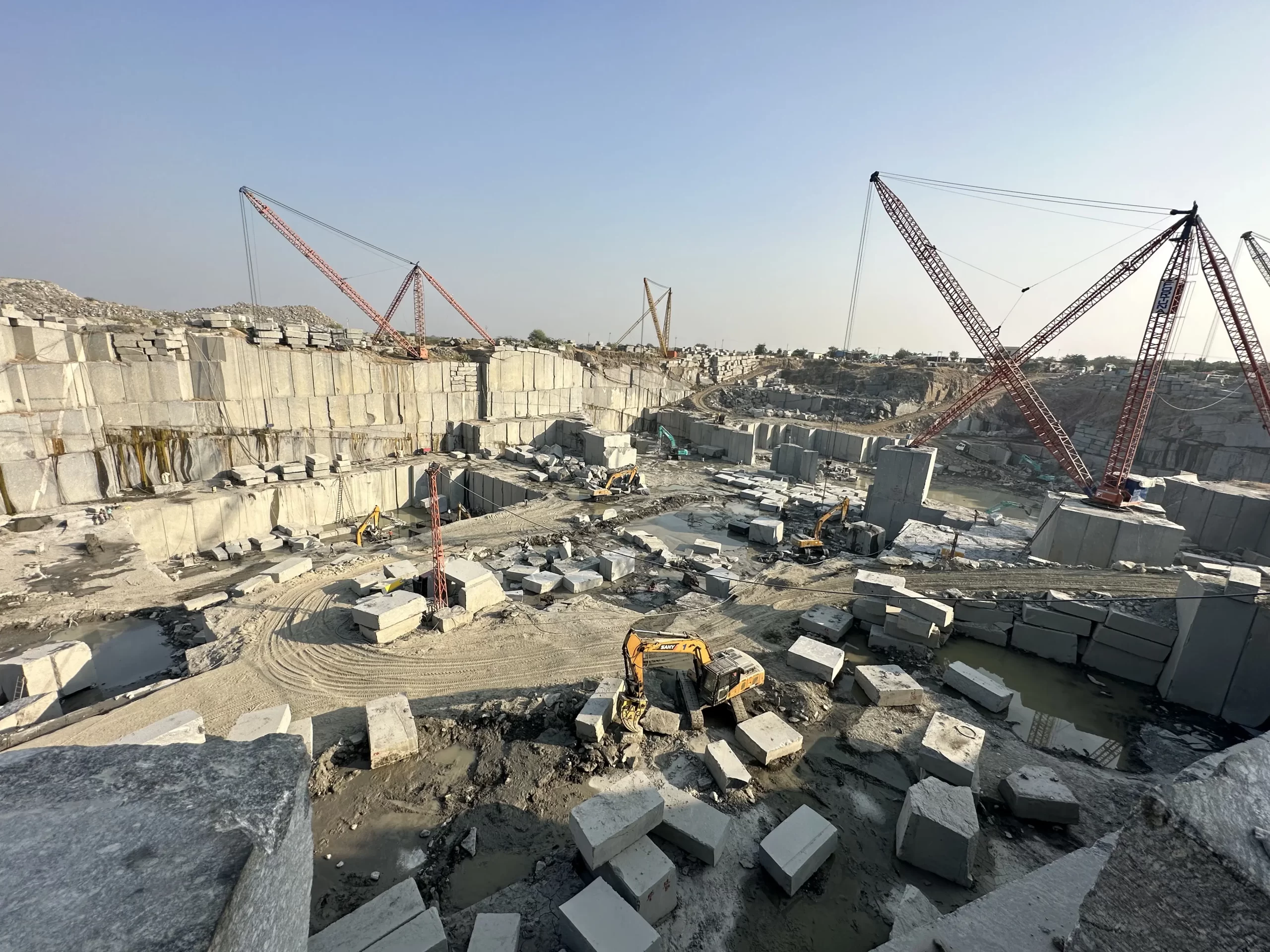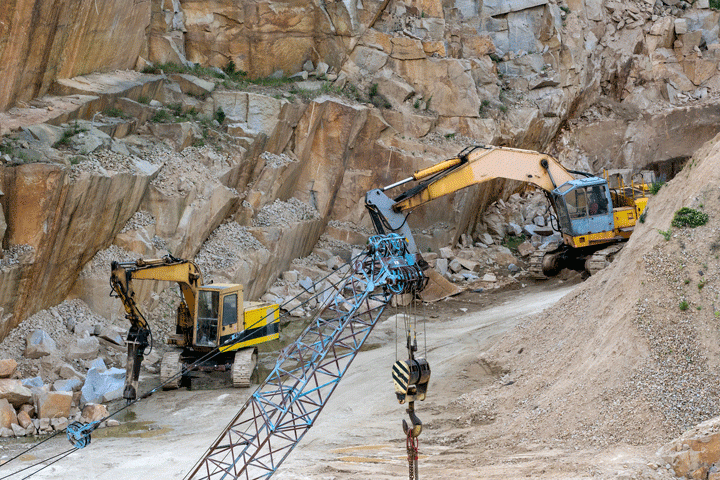The Concealed Treasures: Checking Out Granite Quarries in South Africa
The Concealed Treasures: Checking Out Granite Quarries in South Africa
Blog Article
Unveiling the Mysteries of Granite Quarrying: Where Stamina and Sophistication Meet
The globe of granite quarrying is a realm where the raw stamina of nature assembles with human virtuosity to create structures that stand the test of time with an air of elegance. From the depths of quarries to the careful sprucing up in workshops, the process of transforming granite into architectural marvels is a complicated dancing of practice and innovation. As we peer into the depths of this ancient craft, we start to reveal the surprise intricacies that shape the very essence of our developed atmosphere.
The Origins of Granite Quarrying
In the annals of architectural history, the origins of granite quarrying are shrouded in a tapestry of ancient craftsmanship and geological marvels. Dating back to ancient Egypt and Mesopotamia, the extraction of granite from quarries marked the beginning of a journey that would eventually lead to the creation of some of the world's most iconic structures.
Granite quarrying's origins can be mapped to the skilled artisans who identified the rock's longevity and aesthetic appeal. Via a mix of primitive devices and sheer determination, these very early quarry workers unearthed granite blocks that would certainly come to be the foundation of worlds.
As people advanced, so did the strategies of quarrying granite. The Romans, renowned for their design prowess, developed advanced techniques for removing granite to construct monoliths, holy places, and roads that stood the test of time.
The tradition of these old quarrying methods remains to shape modern-day architecture, with granite continuing to be a symbol of strength and beauty in building projects around the world. (granite quarries in south africa)
Tools of the Quarrying Profession
The development of granite quarrying methods from old civilizations to modern-day times highlights the essential role played by the tools of the quarrying profession in shaping the market's methods. In old times, quarrying tools were rudimentary, often including blades, hammers, and wedges made from materials like bronze or iron. These devices needed substantial manpower and time to extract granite obstructs from quarries.

In addition, the intro of pneumatically-driven devices and high-powered equipment has actually substantially minimized the physical labor called for in quarrying procedures, improving worker security and efficiency. As the quarrying industry continues to innovate, the devices of the profession continue to be at the leading edge of driving development and shaping the future of granite extraction.
Extracting Blocks of Granite
Using precision equipment and advanced techniques, the removal of granite obstructs from quarries has come more info here to be an advanced procedure in the contemporary quarrying industry. Managed blasting strategies are then employed to damage apart the granite into workable sections.

Polishing and Ending Up Methods
To accomplish a perfect surface on granite blocks, skilled craftsmens utilize a collection of careful polishing and ending up methods. After the initial removal and shaping procedures, the granite obstructs go through an extensive sprucing up phase to enhance their natural appeal a knockout post and longevity. One common approach utilized in brightening granite is diamond abrasion, where commercial diamonds are made use of to grind and polish the stone to a smooth coating. This process not only produces a glossy surface area but additionally makes certain uniformity in shade and texture throughout the granite block.
In addition to sprucing up, ending up strategies are applied to additional fine-tune the granite's look. These techniques may consist of flaming, sharpening, or brushing, each offering special appearances and finishes to fit various visual choices. Flaming, for example, involves subjecting the granite surface area to high temperature levels to create a rough, textured surface, suitable for exterior applications where slip-resistance is important. Refining, on the various other hand, supplies a matte coating that is smooth to the touch, perfect for indoor counter tops and floor covering. By meticulously selecting and applying these brightening and ending up strategies, craftsmens can transform raw granite obstructs right into elegant pieces that display both strength and beauty.

Environmental Impact and Sustainability
With the expanding emphasis on ecological consciousness in the sector, granite quarrying methods are significantly inspected for their influence on natural deposits and long-term sustainability. Quarrying for granite can have considerable environmental ramifications. The removal process commonly involves using hefty equipment, explosives, and big quantities of water, resulting in environment devastation, soil disintegration, and water air pollution. Furthermore, the transport of granite from quarries to refining facilities produces carbon exhausts, further contributing to ecological destruction. granite quarries in south africa.
To mitigate these impacts and make sure sustainability in granite quarrying, sector stakeholders are taking on various steps. Applying advanced technologies to reduce energy consumption and water usage, reclaiming quarried land for ecological remediation, and promoting accountable sourcing practices are some techniques being utilized. Additionally, accreditations such as the Forest Stewardship Council (FSC) and the Management in Energy and Environmental Style (LEED) help consumers identify eco pleasant granite items.
Verdict
In final thought, granite quarrying is a process that needs specialized devices and techniques to extract blocks of granite navigate to this site and brighten them to a high degree of finish. While the environmental influence of quarrying can be considerable, initiatives are being made to improve sustainability techniques in the industry. Generally, granite quarrying is a delicate equilibrium in between harnessing the toughness and sophistication of this natural rock while reducing its influence on the atmosphere.
Report this page